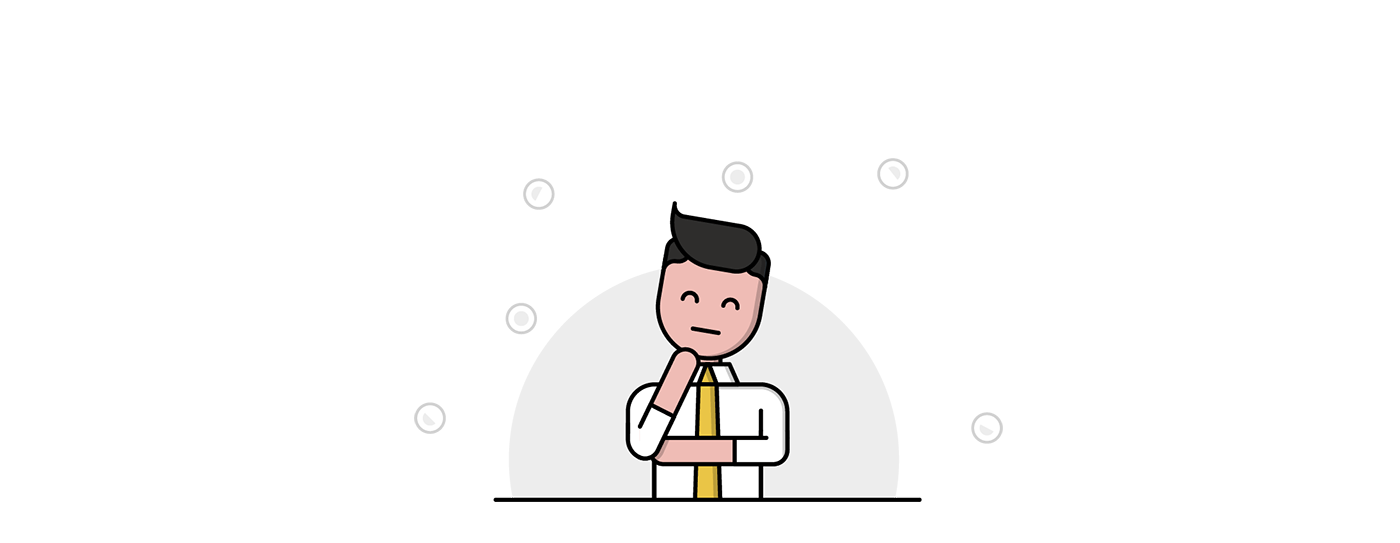Chapter 3
Understanding TripAdvisor Rankings

As all hotel and restaurant managers know, a well-optimised TripAdvisor profile counts for nothing if no one visits it. If you want your business listing to get clicks in TripAdvisor, climbing the ranks is the best way to go about it.
Of course, not every establishment can reach the top spot. And we’re not going to pretend that it’s easy to get there, or get close.
However, by understanding how TripAdvisor’s algorithm works, even the smallest business can start to make significant gains in the TripAdvisor rankings.
The popularity ranking algorithm and your TripAdvisor rating
When we talk about TripAdvisor rankings, we’re referring to the ranking of an establishment within its local area or city.
For example, at the time of writing, Casa Brazilian Rodizo was the highest ranked restaurant in York. Depending on the nature of your business, you might be more concerned about your ranking in a smaller subset of businesses, such as York breakfast restaurants, or romantic restaurants in York.
Broadly speaking, a high ranking in a main location category translates into high rankings in relevant subcategories — so everything we discuss here applies across the board.
You’ve probably noticed that some businesses rank more highly than you even if they have a lower average ‘bubble rating’ (TripAdvisor’s equivalent of star ratings) on TripAdvisor. That’s because there are several other factors that determine your ranking — not just your average rating.
There are three main factors you need to know about: review recency, quantity and quality.
Recency, quantity and quality
Let's look at each of these variables in turn.
- Quality. The higher the average review rating, the higher you’ll rank on TripAdvisor, all else being equal. This one’s common sense.
- Quantity. The more reviews, the higher the TripAdvisor ranking — up to a point. The algorithm favours establishments with plenty of reviews because the higher sample size means that reviews are more likely to reflect the reality of visiting your establishment.
- Recency. More recent reviews are given greater weight than older reviews. A review from within the last month is more likely to represent the current experience at your business than a review from two or three years ago.
To sum up: you should not only aim for good reviews on TripAdvisor, but also boosting the number of reviews you receive. This’ll help you out with both recency and quantity, assuming you can keep reviews coming in for months and years to come.
Remember: rankings update daily.
Other ranking factors
TripAdvisor haven’t disclosed all the factors that contribute to the ranking algorithm, but there is one other variable that we know makes a difference, and that’s fraudulent activity. If TripAdvisor has found evidence of reviews that break its rules, a penalty may be applied to the establishment’s ranking. The magnitude of rankings penalties are determined on a case-by-case basis.
As for other ranking factors: we don’t know. There’s some speculation that review length, the reviewer’s reputation, and traffic could all play a part, but there’s no way of knowing!